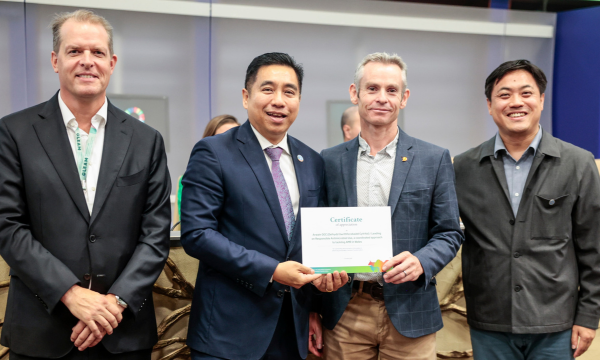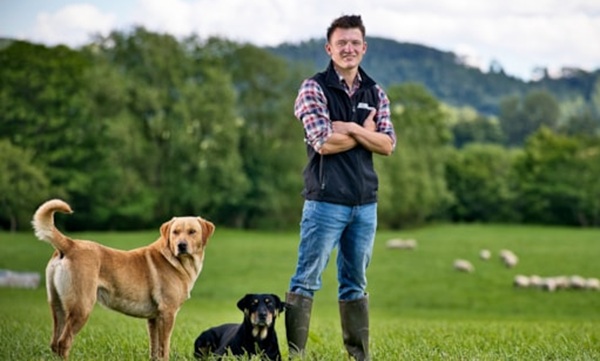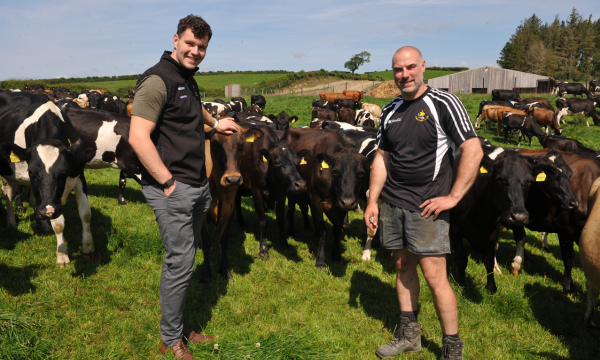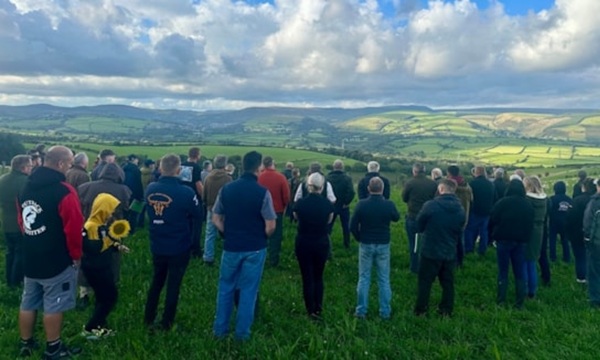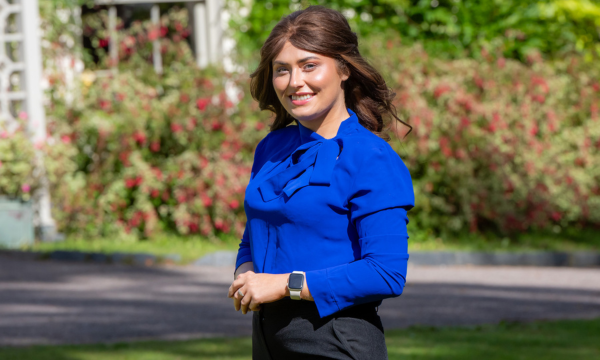
GUEST COLUMN:
Dai Evershed
Sheep Farmer
I farm 400 acres on the Ceredigion coast, running 800 breeding ewes alongside grazing for neighbouring dairy cattle. Like many farms in Wales, we’re working with challenging terrain, unpredictable weather, and increasingly limited access to water. But it’s also a place where innovation can make a real difference.
In 2023, I installed a LoRaWAN-based system to monitor and manage our water use. For context, our water comes from a spring at the bottom of the farm. From there, it’s pumped uphill to a reservoir that feeds our drinking troughs. When the supply runs low, which often happens in dry spells, the whole operation is put under strain. We’ve had sheep getting stuck in muddy ground, and real animal welfare concerns due to poor water quality as the animals try to drink from streams and ponds.
With support from agritech guru Jason Brook, a colleague from IBERS, Aberystwyth University, I adapted LoRaWAN technology, originally used at the university in smart glasshouses, to our setting. It now tracks our spring’s input, controls energy-efficient pumping using solar panels, and monitors water levels and flow right up to the drinking troughs. If there's a leak or a problem, we’re alerted instantly. In previous years, an unnoticed leak could have caused a catastrophic drop in supply. Today, we’re using less energy, wasting less water, and improving animal welfare. We’ve even seen a reduction in the need for Fluke treatment, likely due to livestock no longer accessing contaminated ponds.
Importantly, the data we’ve gathered from this system has allowed us to make smarter business decisions. We now have two years of information showing how water moves around the farm throughout the year. That insight has helped us plan for the future, including the potential to increase flock size or implement rotational grazing. Without knowing we could meet the water demand, we couldn’t have seriously considered these options before.
The system itself wasn’t particularly costly or complicated to set up, but the impact has been significant. I’ve since mentored other farmers through Farming Connect who are looking to do similar things. That kind of knowledge-sharing is vital, because while no two farms are the same, the principles behind these approaches are transferable.
Looking further ahead, I’m particularly excited about the potential of drones and AI. We’re beginning to explore how drones could be used to monitor grass growth and soil health, predict yields, and help plan grazing more efficiently. There’s a real opportunity to combine drone imagery with AI to assess pasture quality in a way that saves time and gives us more detailed insights than we could gather on foot. The technology is becoming more affordable and accessible, and I believe it could be transformative over the next five to ten years.
What makes these developments possible is the wider infrastructure and support network that exists here in Wales. LoRaWAN coverage is excellent thanks to Welsh Government investment, and support programmes like Farming Connect, run by Mentera, help to link practical innovation with the needs of individual farms.
Sustainability in agriculture isn’t about applying a one-size-fits-all model. It’s about understanding your own environment and working with it, rather than against it. What’s exciting is the growing appetite for collaboration—between farms, across sectors, and with researchers and advisors. That’s how we’ll make real progress. I’m optimistic about what the future holds, not just for our farm, but for the wider farming community in Wales.







